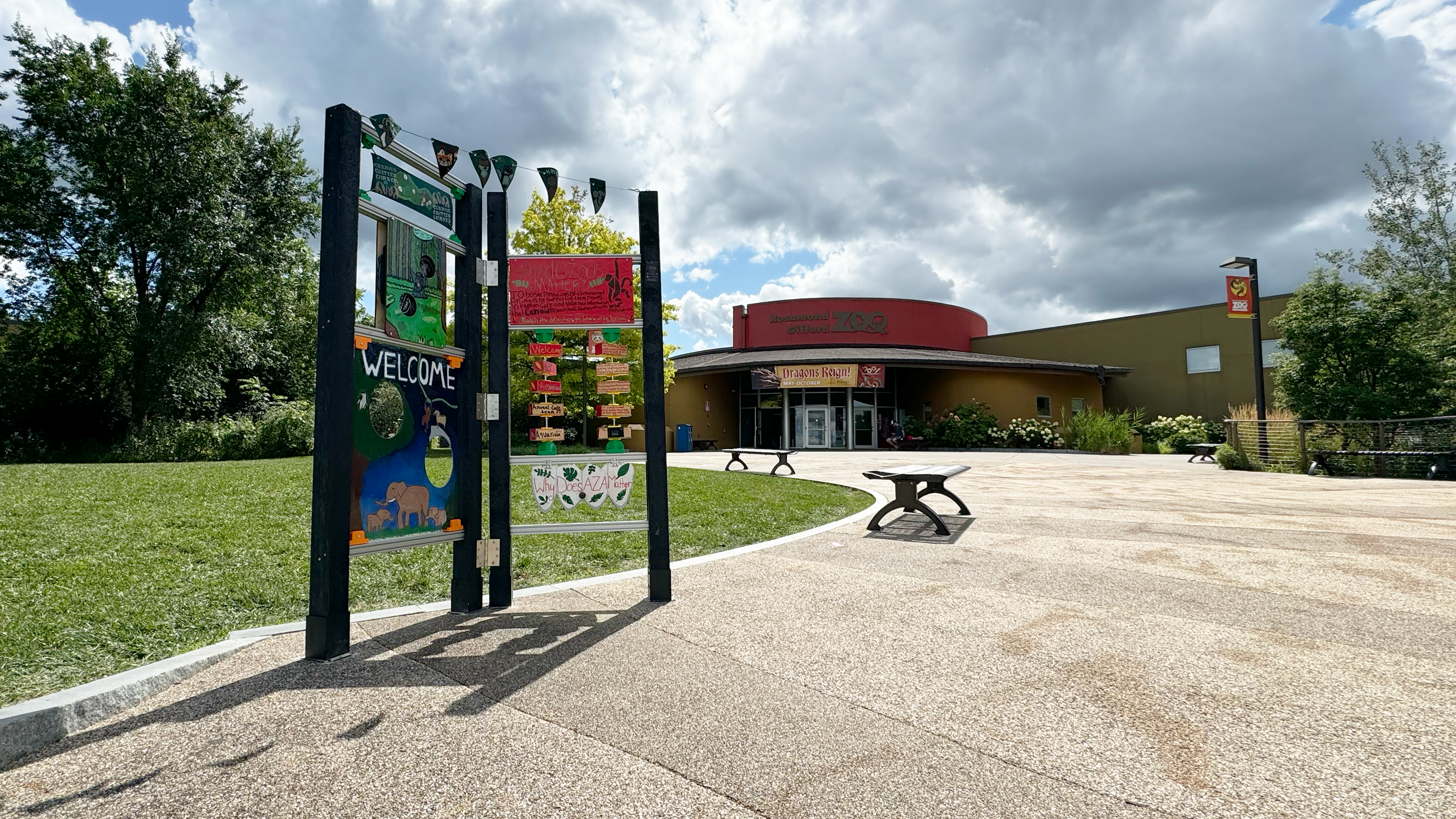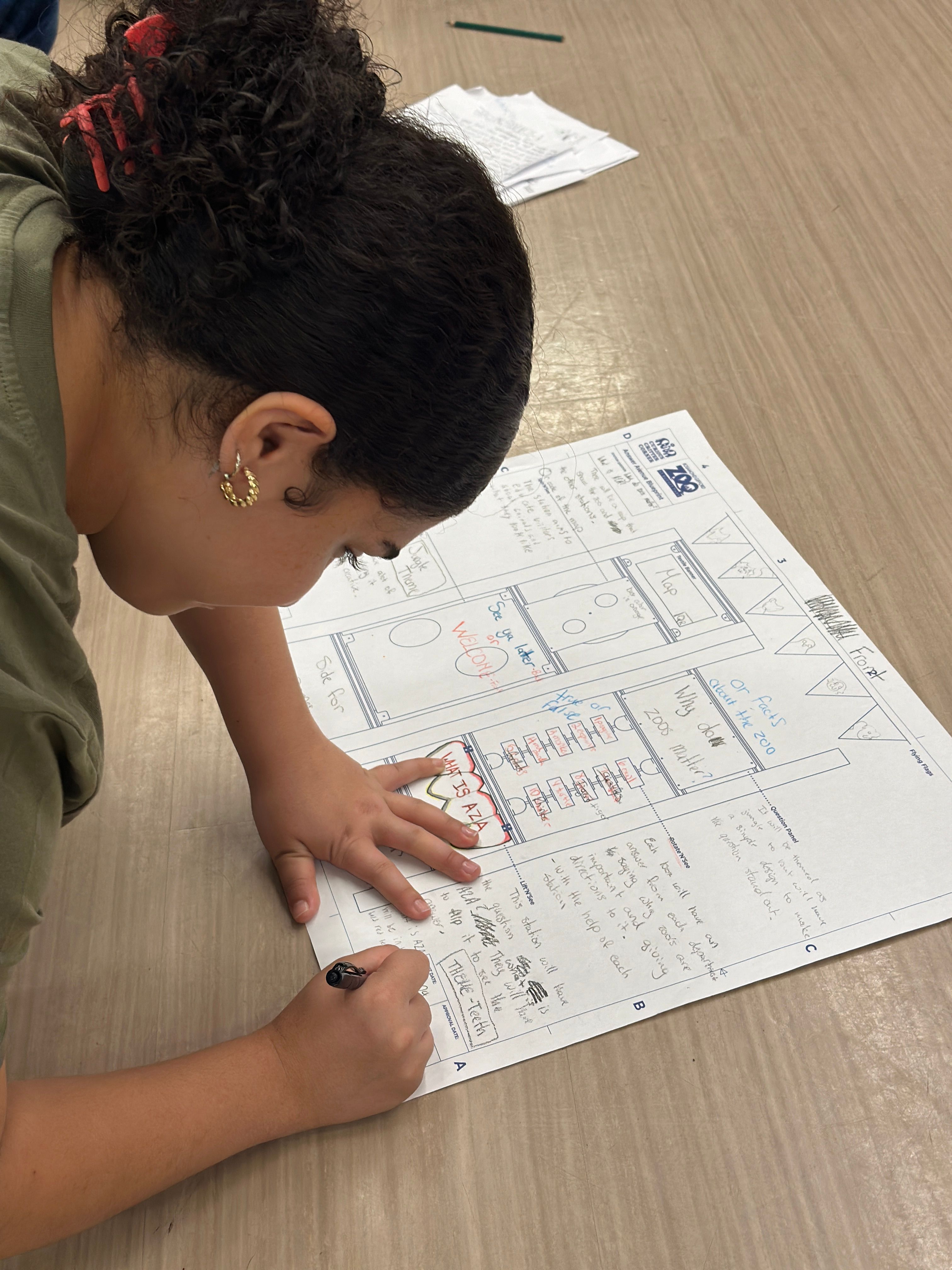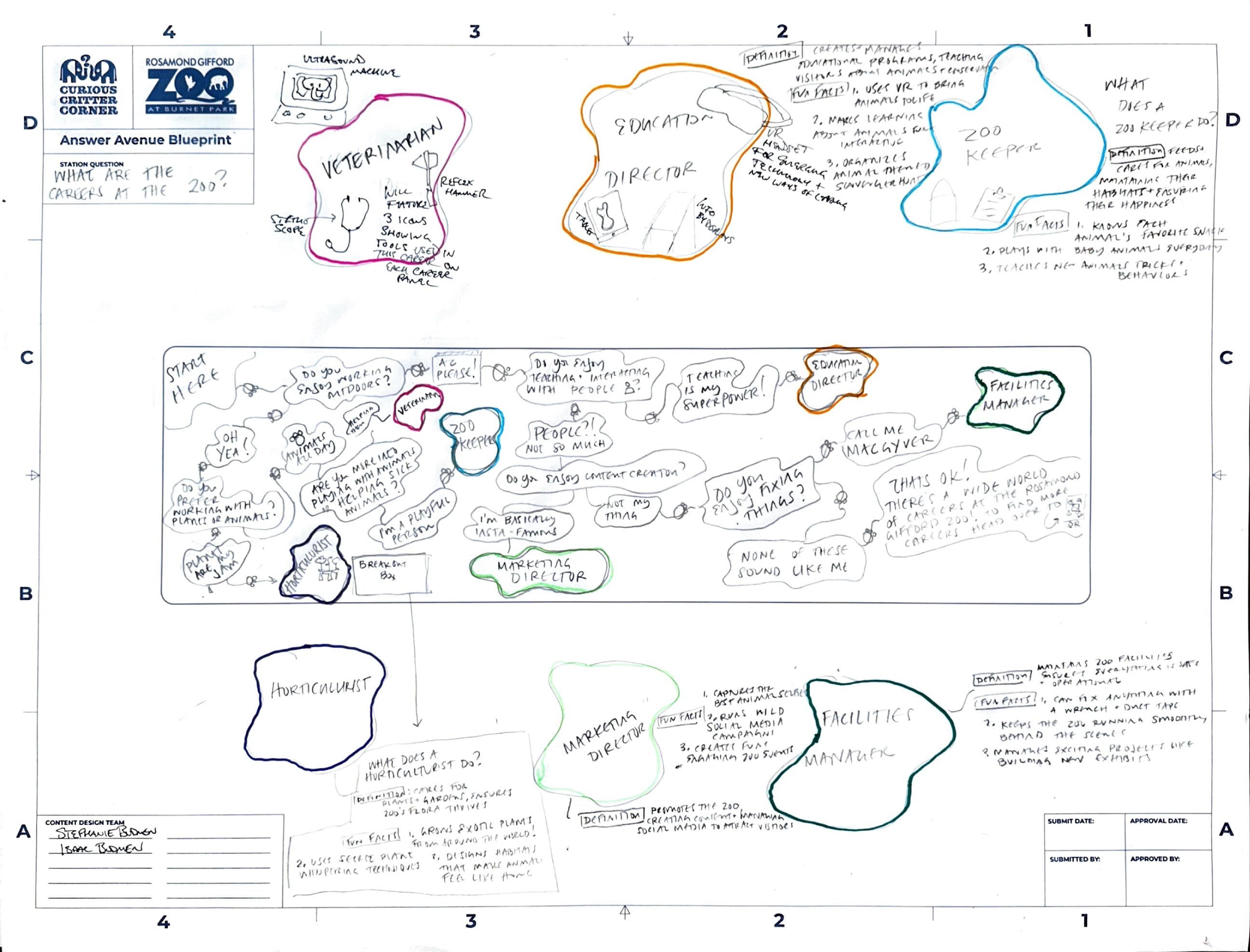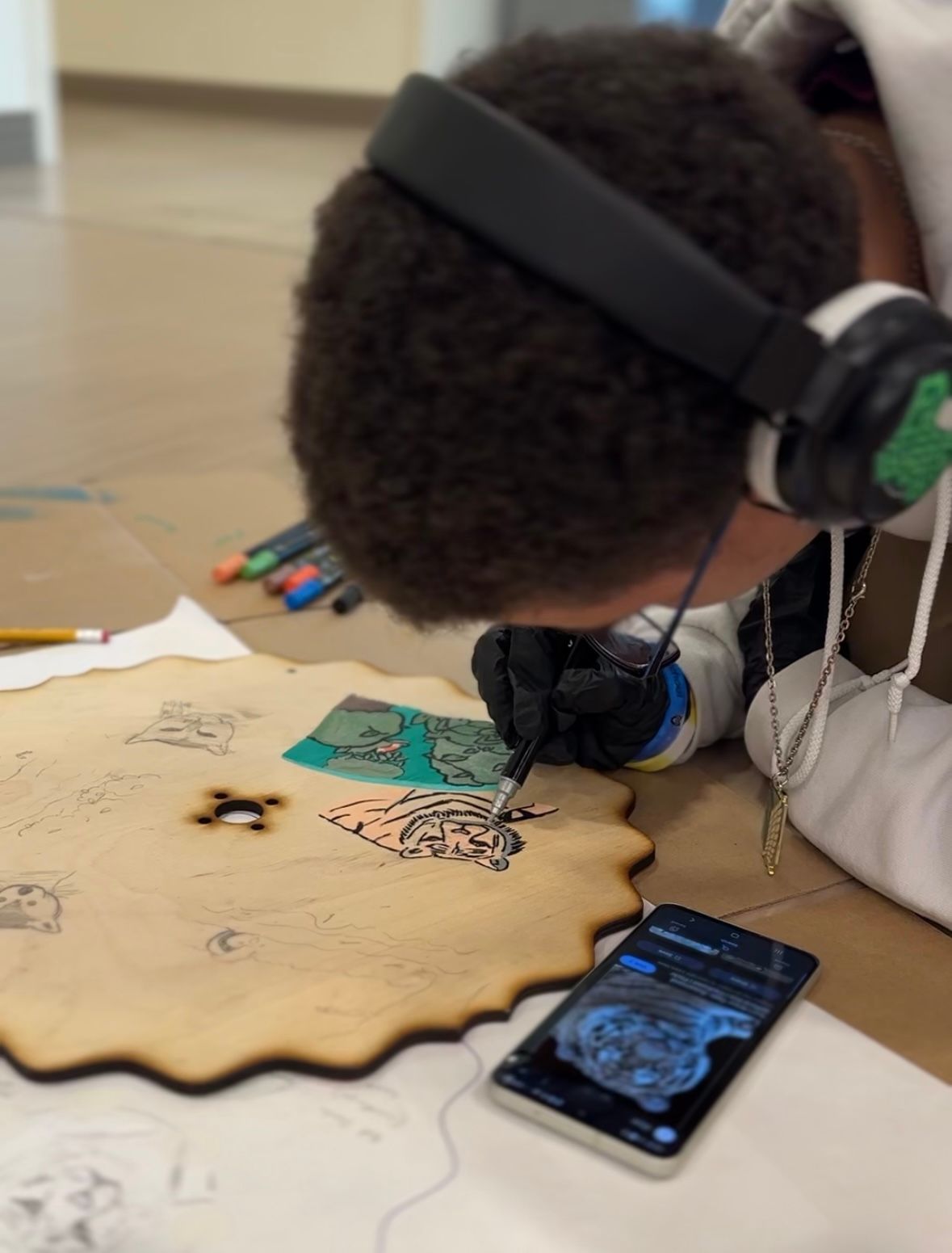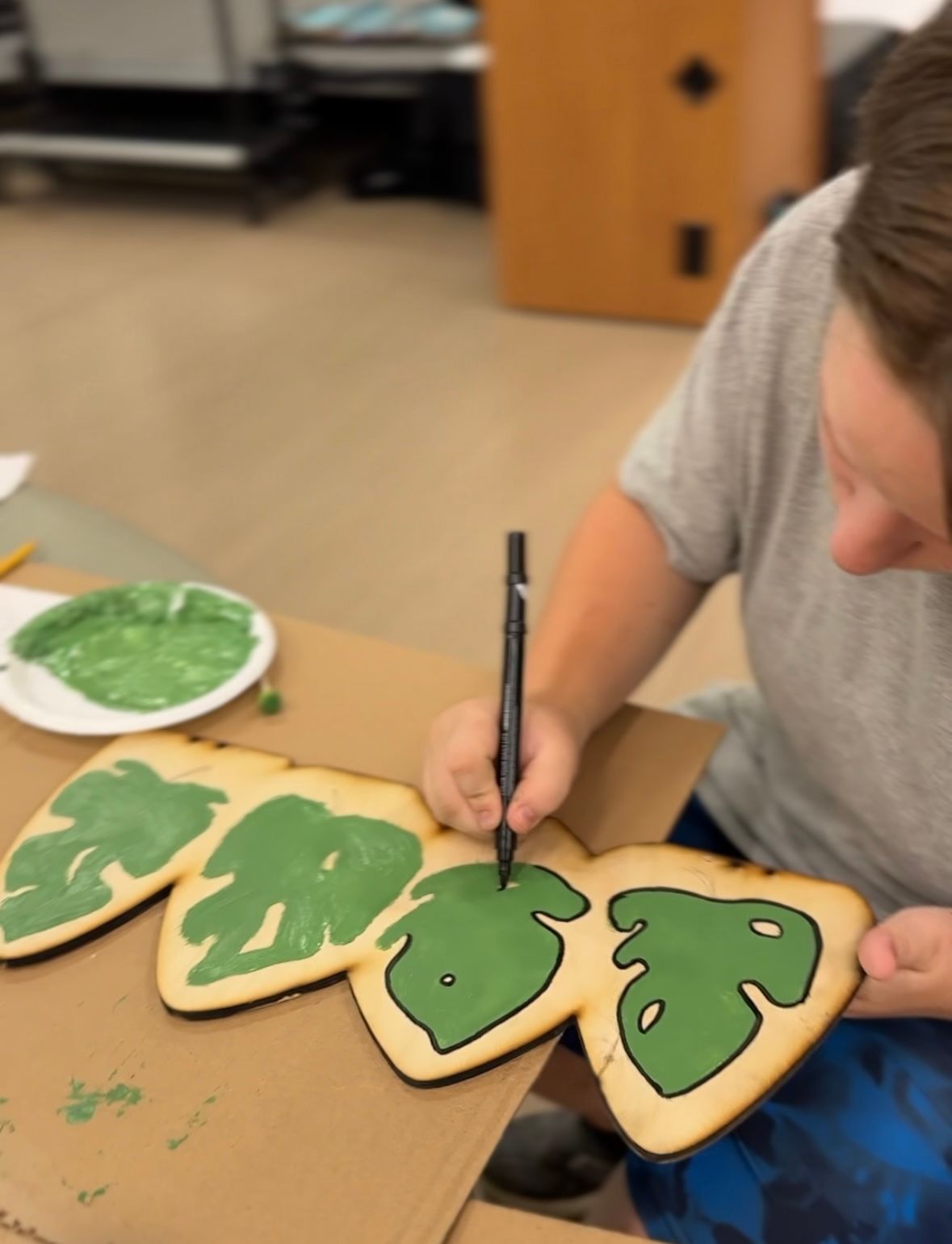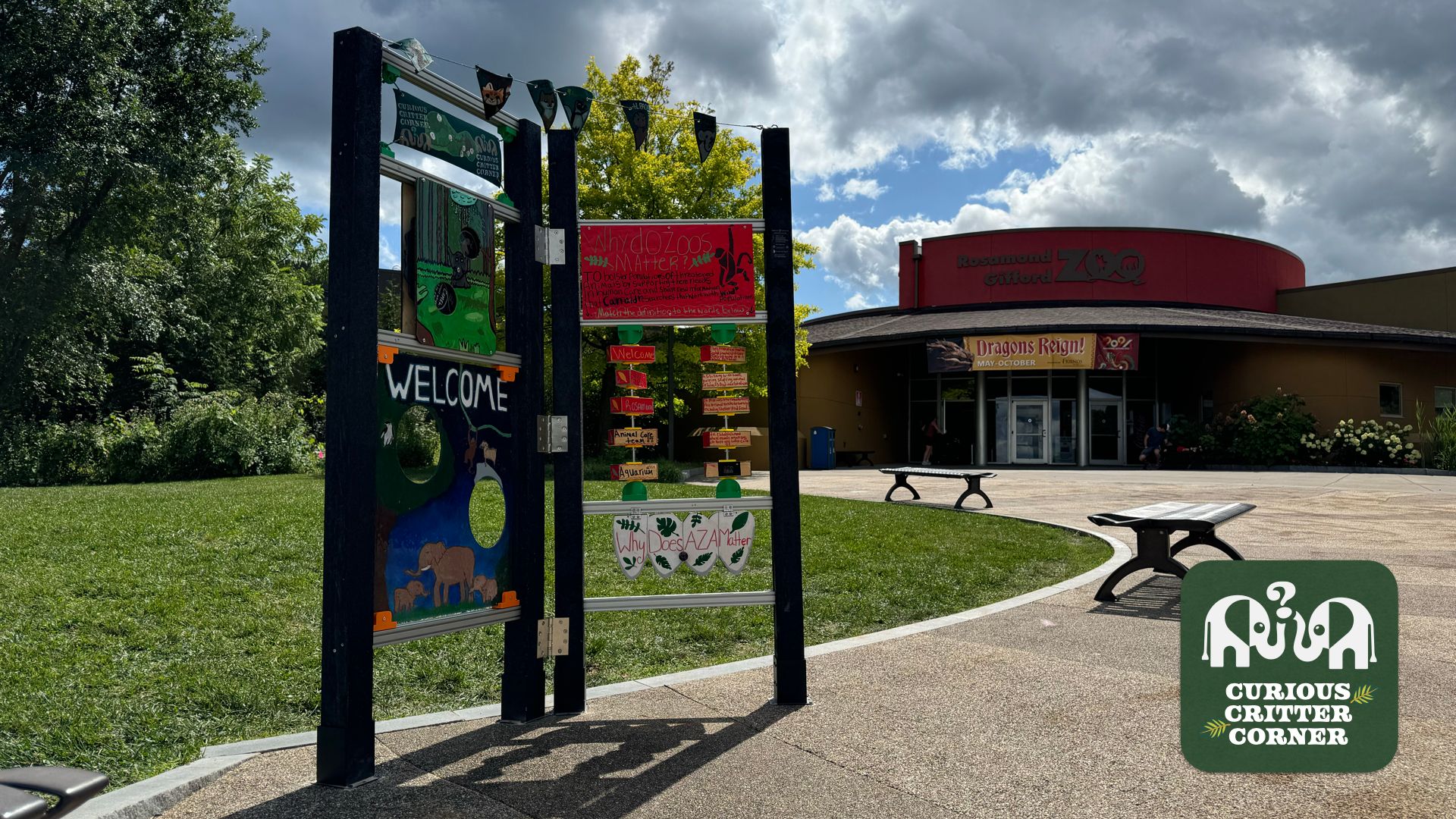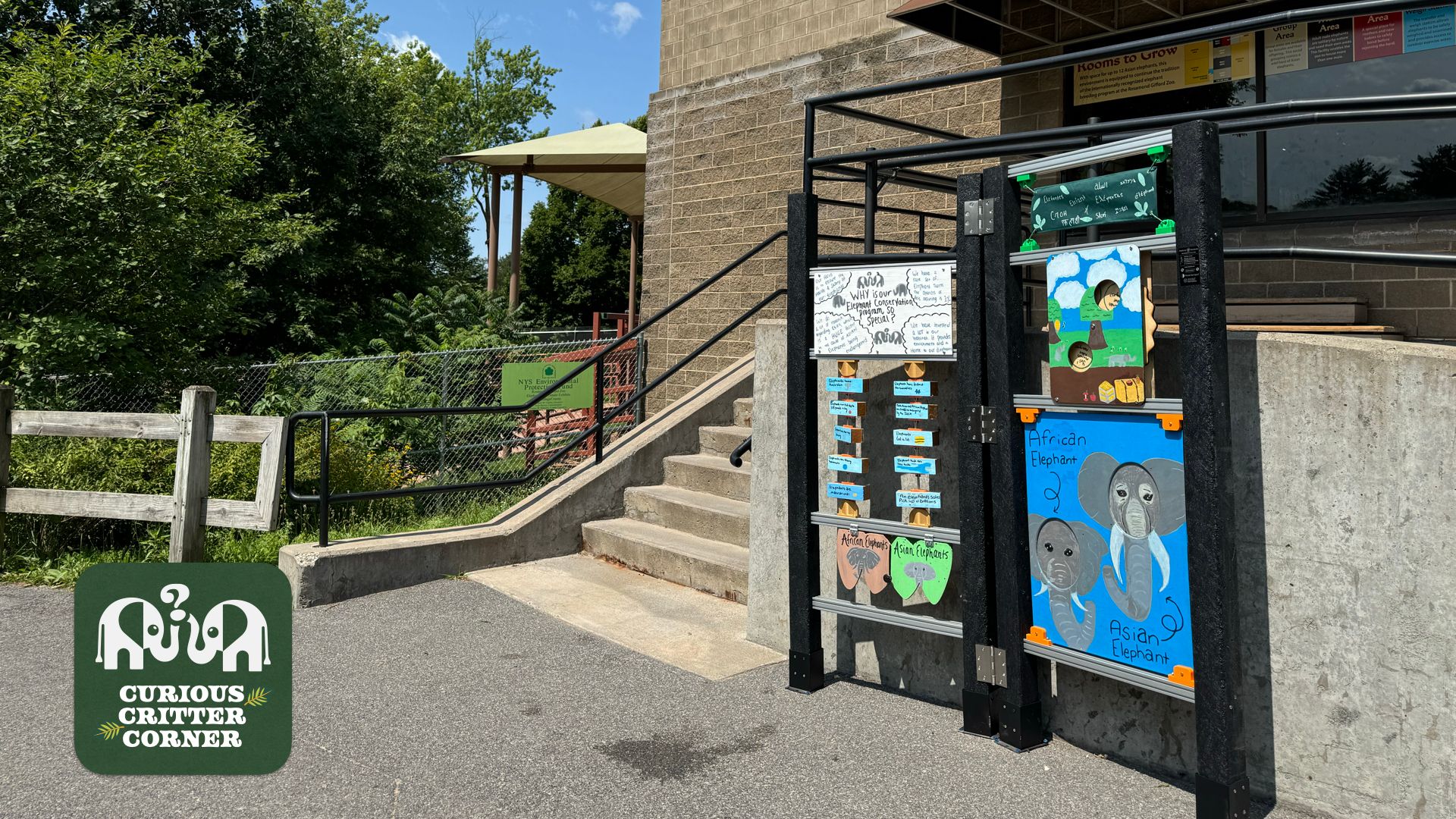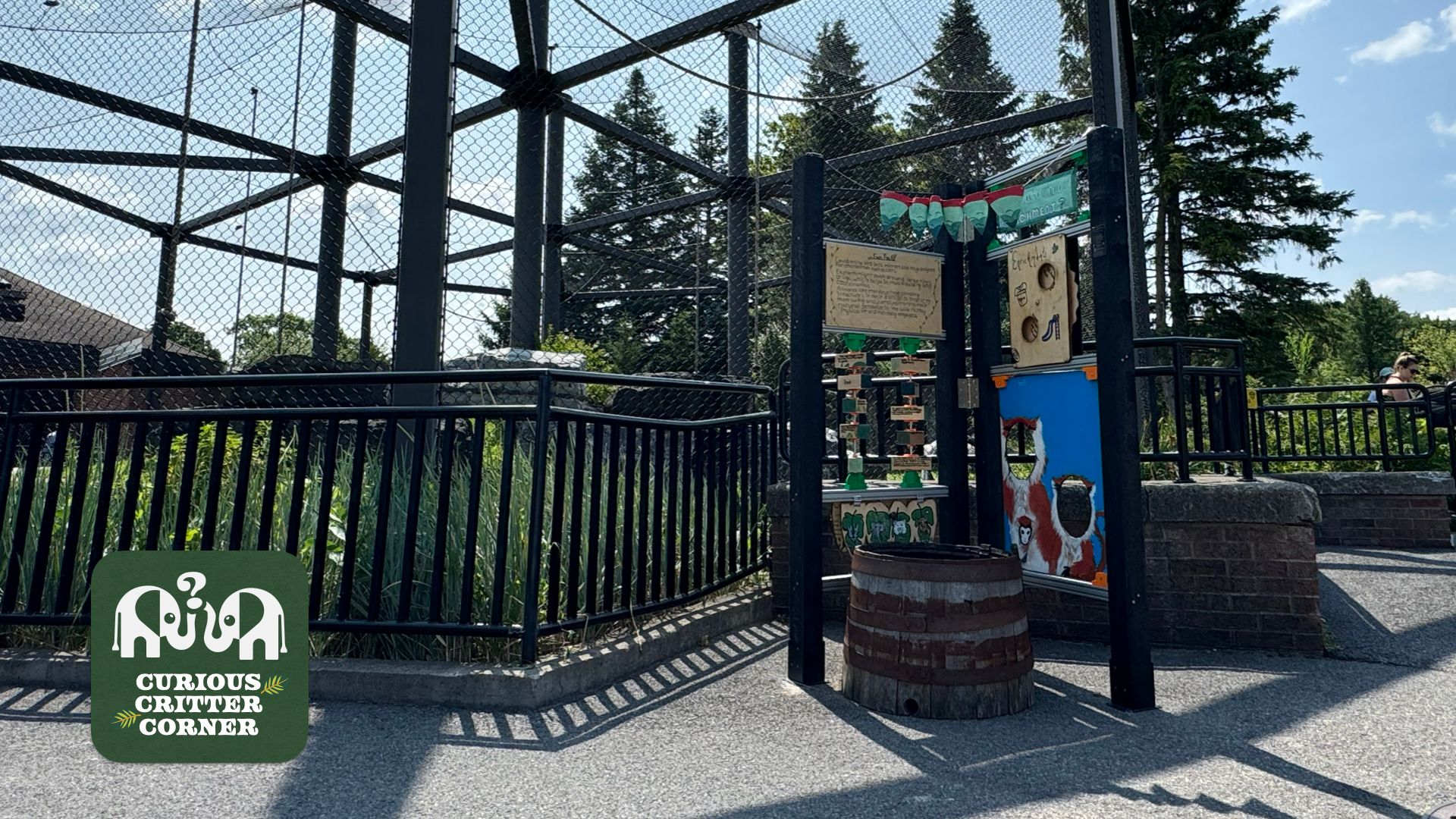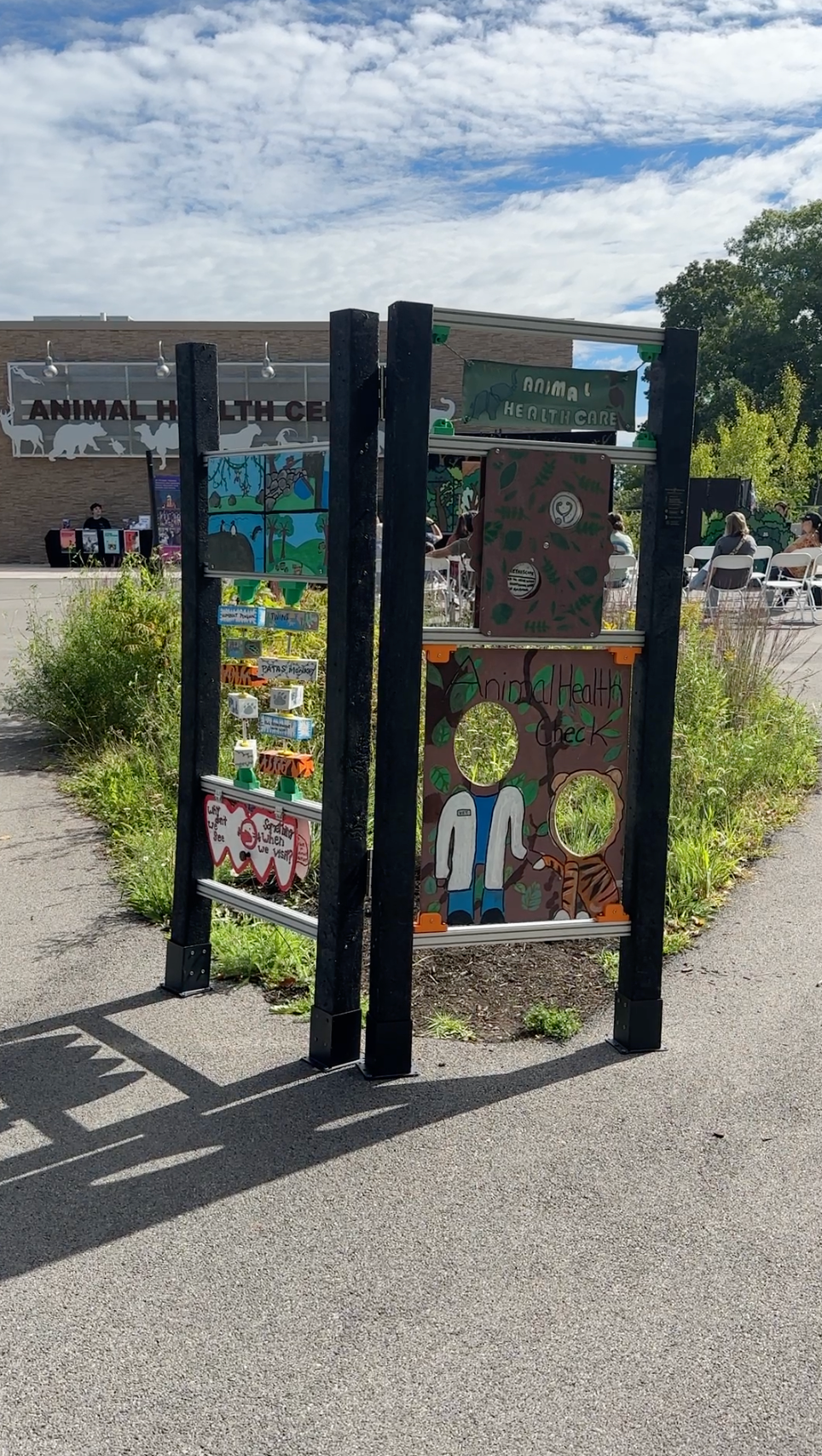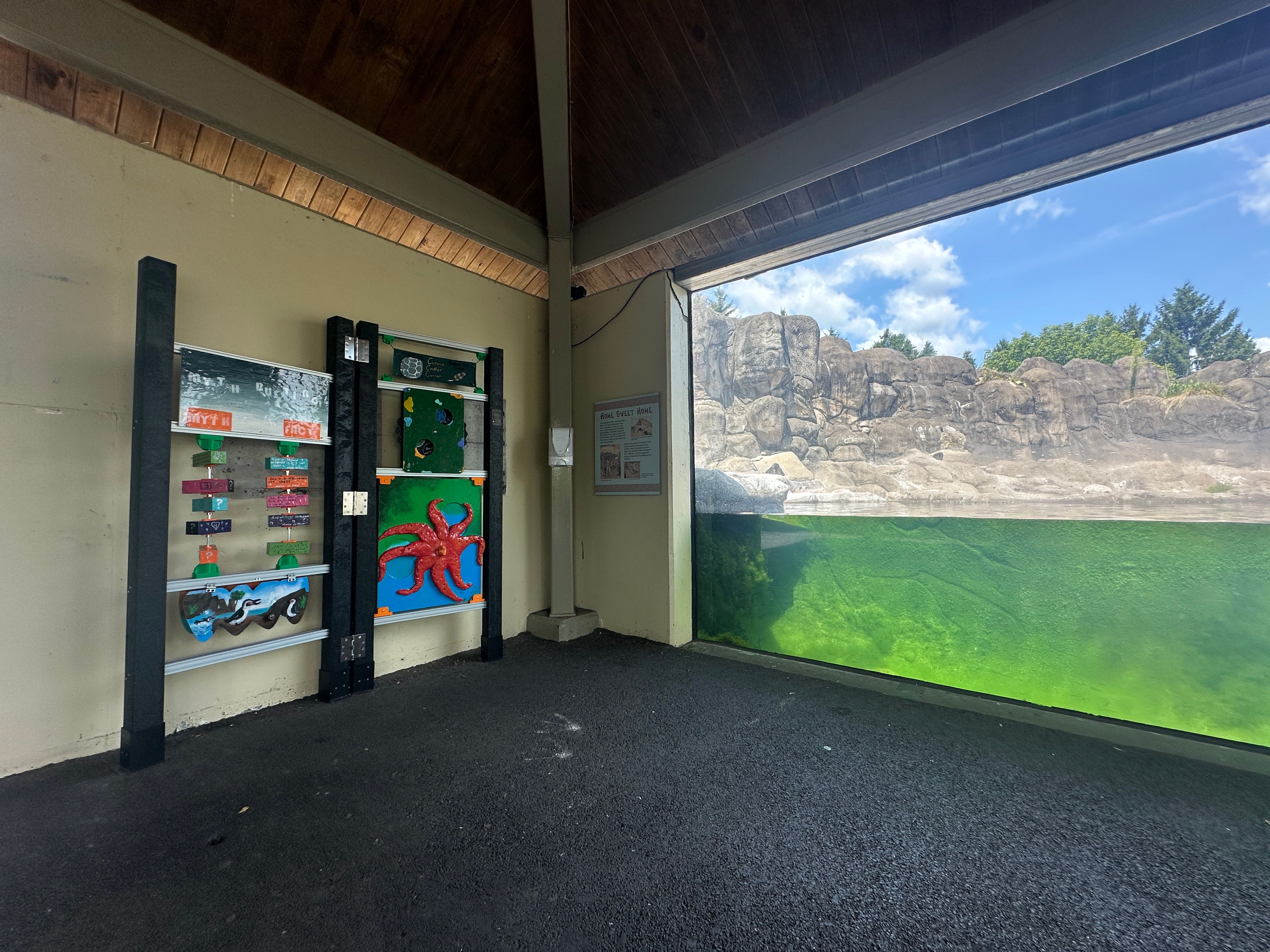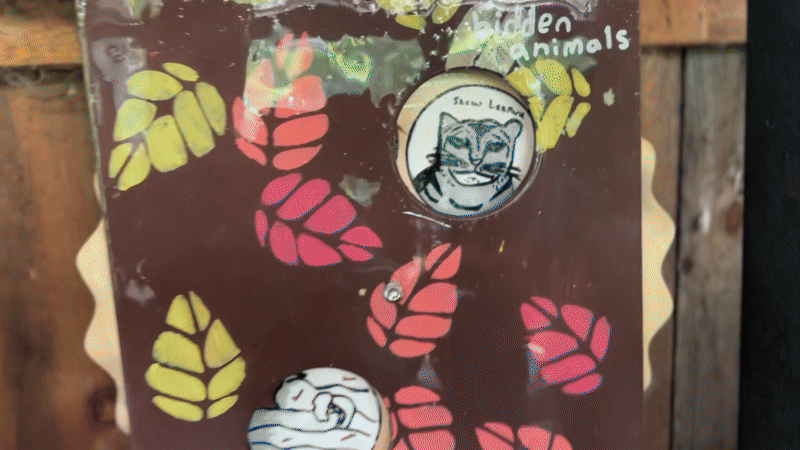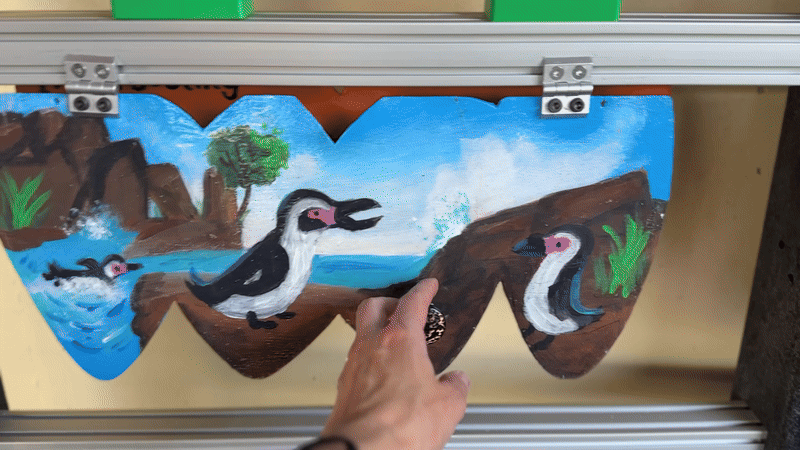BUDMEN EDUCATION
Curious Critter Corner
When 50 students met the zoo's biggest challenge.
WHAT IF STUDENTS COULD ANSWER THE ZOO'S MOST-ASKED QUESTIONS?
Where are all the animals?
The Number One Question
When we first heard that the Rosamond Gifford Zoo was interested in a student program, we visited the zoo to learn what they were looking for.
As we walked, listening to the tour, we became aware of a problem. One that shocked us.
The number one question the zoo gets asked: "Where are all the animals?"
We were flabbergasted. Isn't the zoo where people come to see animals?
Well, as it turns out, there was a very good reason.

Free Choice
The Rosamond Gifford Zoo, in Syracuse, NY is part of an exclusive organization known as the AZA—the Association of Zoos and Aquariums. Their primary mission is animal conservation.
As part of that mission, animals, like humans, need free choice to be happy and thrive.
So all the animals in their habitats have free choice, so sometimes they aren't visible to vistors.

Eight Questions
What if students could answer these questions in an interactive way that could engage learners of all ages and all different learning styles?
50 Syracuse City School students. Two weeks. 8 Installations.
The Scaffold
How do we create a framework for eight different questions? Eight different installations?
We built a skeletal structure made out of recycled plastic and aluminum that could act as a scaffold for students to create rich interactive exhibits—each answering one of the eight most-asked questions.

The Challenge
The Call
We said: 'Great! This is a learning opportunity.'
No Threats. Only Opportunities.
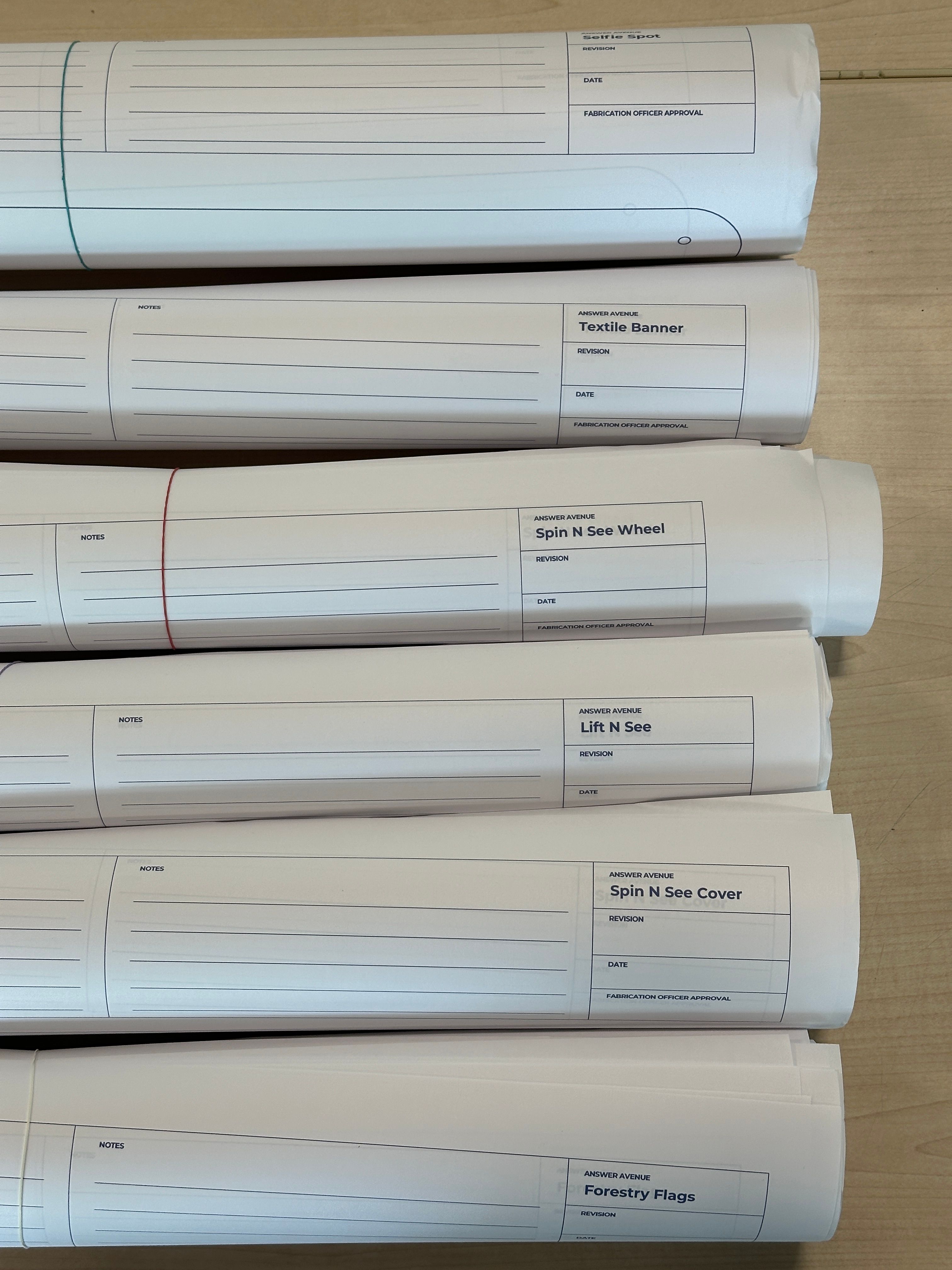
The Meeting
This was the most determined group of students we'd ever seen.
Improved Blueprints
They took the feedback to heart.
The results paid off.
They submitted their new blueprints. And the zoo quickly approved.
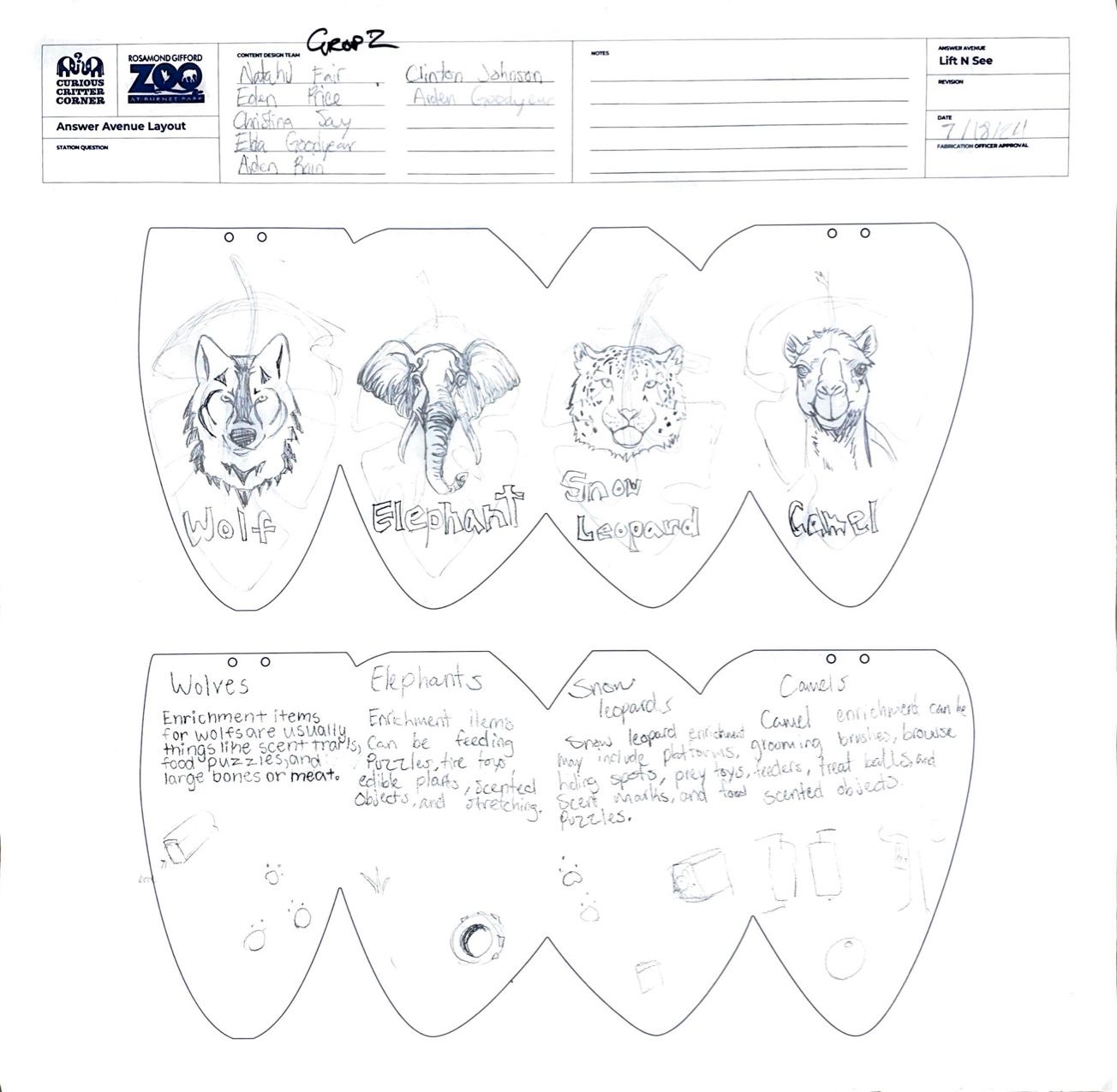
FABRICATION
Thousands of guests would see his work.
Real world experiences. Real world outcomes.
Failure became fuel. Feedback became a cheat code. Determination became discovery.
Technical Details
Materials & Process
- Scaffold framework: Recycled plastic and aluminum
- Fabrication: Laser cutting, 3D printing, painting, assembly
- Interactive elements: Student-designed features answering each question
Partners
- Rosamond Gifford Zoo
- ERIE21 (student organization)
- Syracuse City Schools
- Budmen Industries
Timeline
- Duration: 2 weeks (9 working days)
- Day 1-2 (Mon & Tues): Research and initial blueprints
- Day 3 (Wed): Client feedback and meetings
- Day 4-5 (Thurs & Fri): Revision & approval
- Day 6-8 (Mon-Wed): Fabrication
- Day 9 (Thursday): Installation
- Day 10 (Friday): Opening with students
Status
Exhibits permanently installed and active at Rosamond Gifford Zoo, continuing to educate thousands of zoo visitors.
What happens when we give students real problems, real clients, and real deadlines?
